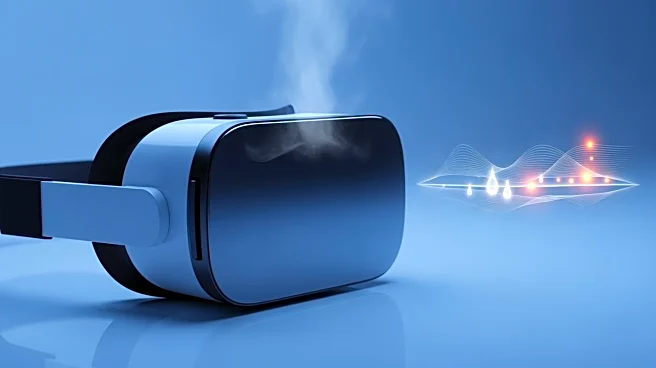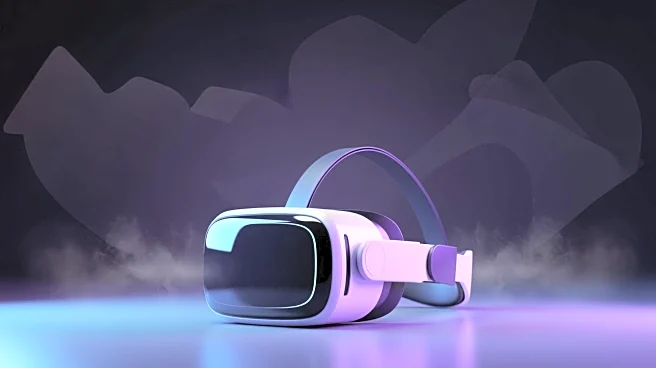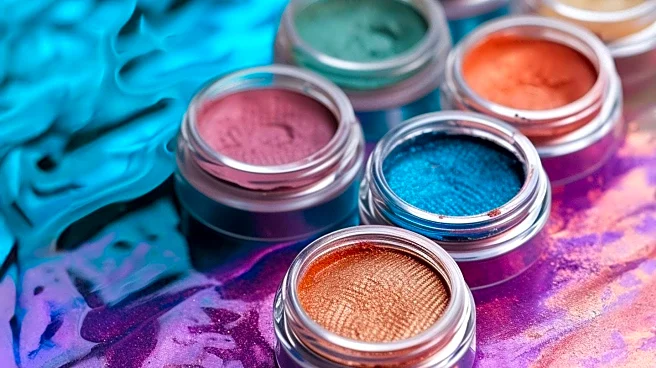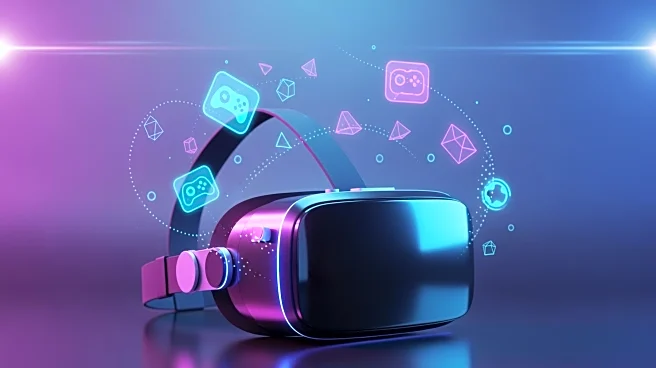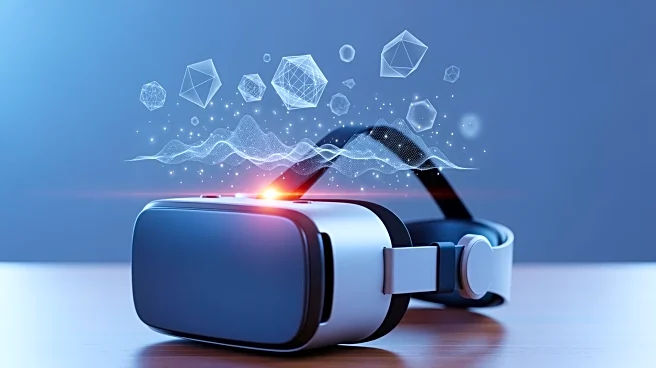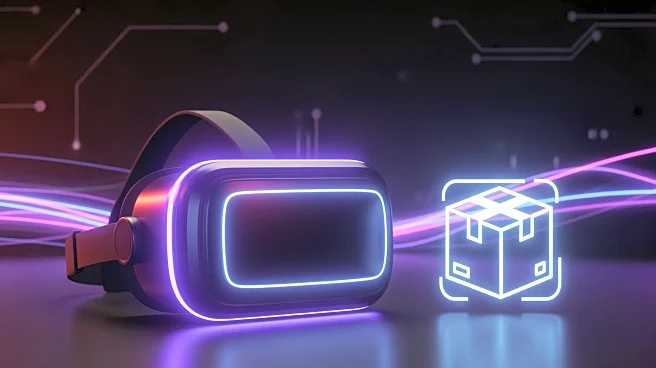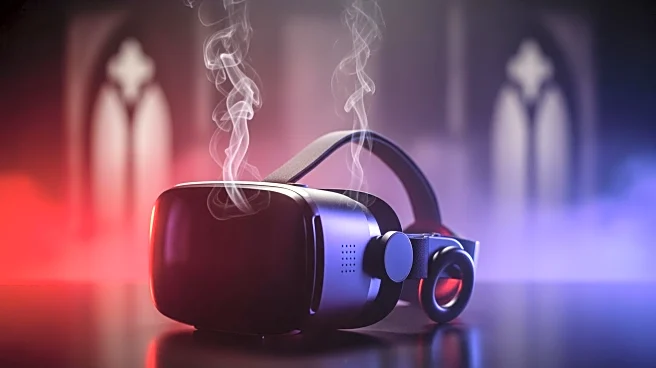What's Happening?
A study published in Scientific Reports reveals that virtual reality (VR) gaming significantly impacts the eye's protective tear layer, increasing its temperature and thickening the lipid film. During a 30-minute VR session, notable changes in the tear film were
observed after 20 minutes, suggesting a new structural steady state. The study also compared tear film dynamics between contact lens wearers and non-wearers, finding differences in lipid layer thickening onset. Despite these changes, no improvements in dry eye symptoms were detected, indicating structural changes do not necessarily enhance tear film stability.
Why It's Important?
The findings raise concerns about the ocular safety of VR gaming, a rapidly growing market. As VR technology becomes more prevalent, understanding its impact on eye health is crucial for developing guidelines and protective measures. The study highlights the need for further research into the long-term effects of VR use, potentially influencing public health policies and consumer awareness. Eye care professionals may need to consider VR usage when diagnosing and treating dry eye conditions, adapting their practices to accommodate new technological influences.
What's Next?
Future research may explore the effects of VR gaming on individuals with pre-existing eye conditions, such as dry eye disease or meibomian gland dysfunction. Studies could also investigate the role of environmental factors, like ambient temperature, in tear film dynamics during VR use. As VR technology evolves, manufacturers might develop headsets with features to mitigate eye strain, enhancing user safety. The study's findings could prompt discussions on the ethical implications of VR gaming, particularly regarding its impact on vulnerable populations.
Beyond the Headlines
The study underscores the broader implications of technology on health, highlighting the intersection of innovation and well-being. As VR becomes integrated into various aspects of life, from gaming to education, understanding its physiological effects is essential. The research may spark conversations about the balance between technological advancement and health preservation, influencing future developments in the tech industry.
